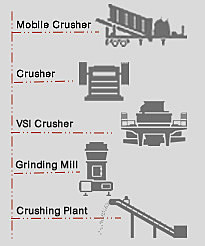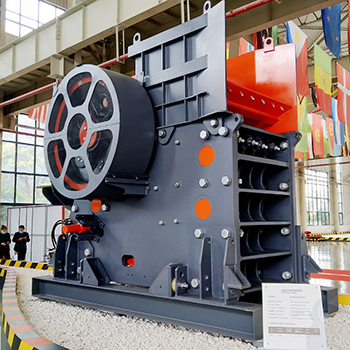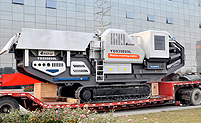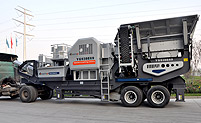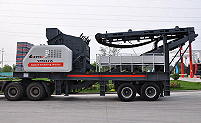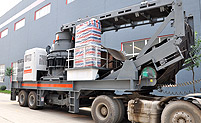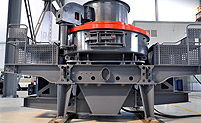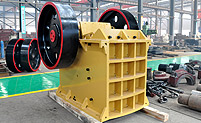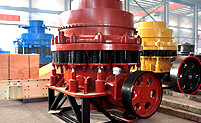Crusher equipment corresponding to the crushing particle size of the material
The process in which materials are reduced from bulk materials to smaller ones is called crushing. Generally, an external force is applied to overcome the cohesive force between materials, and the materials are broken. Crushing plays an important role in mineral processing, chemical industry, building materials and other industrial sectors. At present, the production cost of crushing and grinding in the mineral processing plant accounts for more than 40% of the total mineral processing cost. The investment in crushing and grinding accounts for about 60% of the total investment in the concentrator. Therefore, it is of great significance to increase crushing productivity and reduce crushing power consumption. According to the different particle sizes of crushed raw materials and products, the crushing operation can be roughly divided into five stages, namely: 1) coarse crushing; 2) medium crushing; 3) fine crushing; 4) coarse grinding; 5) fine grinding.
Due to the different methods, transportation conditions and the size of the beneficiation plant, the particle size of the raw materials sent to the beneficiation plant is also different. At present, the maximum size of ore mined underground is 400-600 mm, while that of open-pit mining is 1200-1500 mm. The particle size required by the beneficiation operation is often broken to 1~0.06 mm. According to the current conditions of mechanical equipment, it is not possible to rely on only one set of crusher machines to crush to the required fineness at one time. Instead, it needs to be done segment by segment. If it is a large-scale open-pit mining mine, the largest piece sent to the beneficiation equipment can reach 1200-1500 mm, and the approximate particle size range of each section is:
(1) Coarse crushing: 1500~300 mm;
(2) Medium crushing: 300~75mm;
(3) Fine crushing: 75~10 mm;
(4) Coarse grinding: 10~1.0 mm;
(5) Fine grinding: 1.0~0.075mm.
If underground mining or small and medium-sized mines are used, when the maximum particle size of the raw ore is about 300 mm, the approximate particle size range of each section is:
1) Coarse crushing: 300~75mm.
2) Medium crushing: 75~25mm.
3) 25~8 mm.
After each stage of crushing, the particle size of the material is reduced to a certain extent. The ratio of the largest diameter of the material before crushing to the largest diameter of the product after crushing is the crushing ratio.
The so-called maximum block diameter of the material is often expressed by the sieve size that can pass 95% of the material.
The crushing ratio can indicate how many times the material is reduced by the crusher in this section. Therefore, sometimes the crushing ratio is the ratio of the maximum feeding particle size of the crusher to the size of the ore discharge port. It is one of the weight working indicators of the crusher. It depends on the structural characteristics of the crusher. For example, the crushing ratio of the general-purpose primary jaw crusher is 3-5, the crushing ratio of the standard cone crusher for medium crushing is 4-6, and the crushing ratio of the short-head cone crusher for fine crushing is 3-5.
NEXT: High-efficiency sand making equipment for sand machine production line

